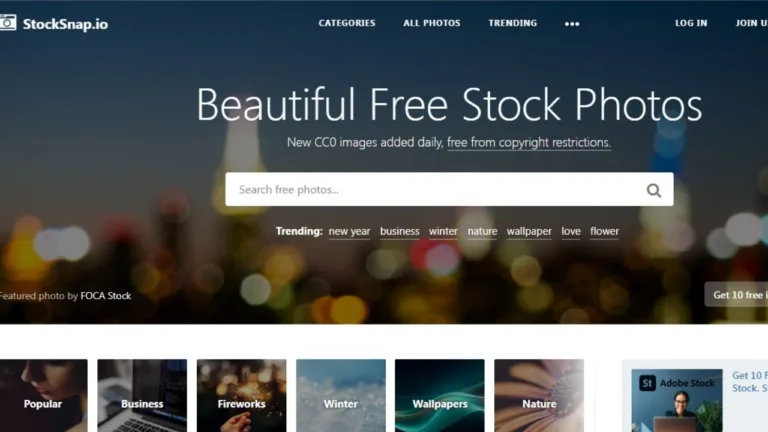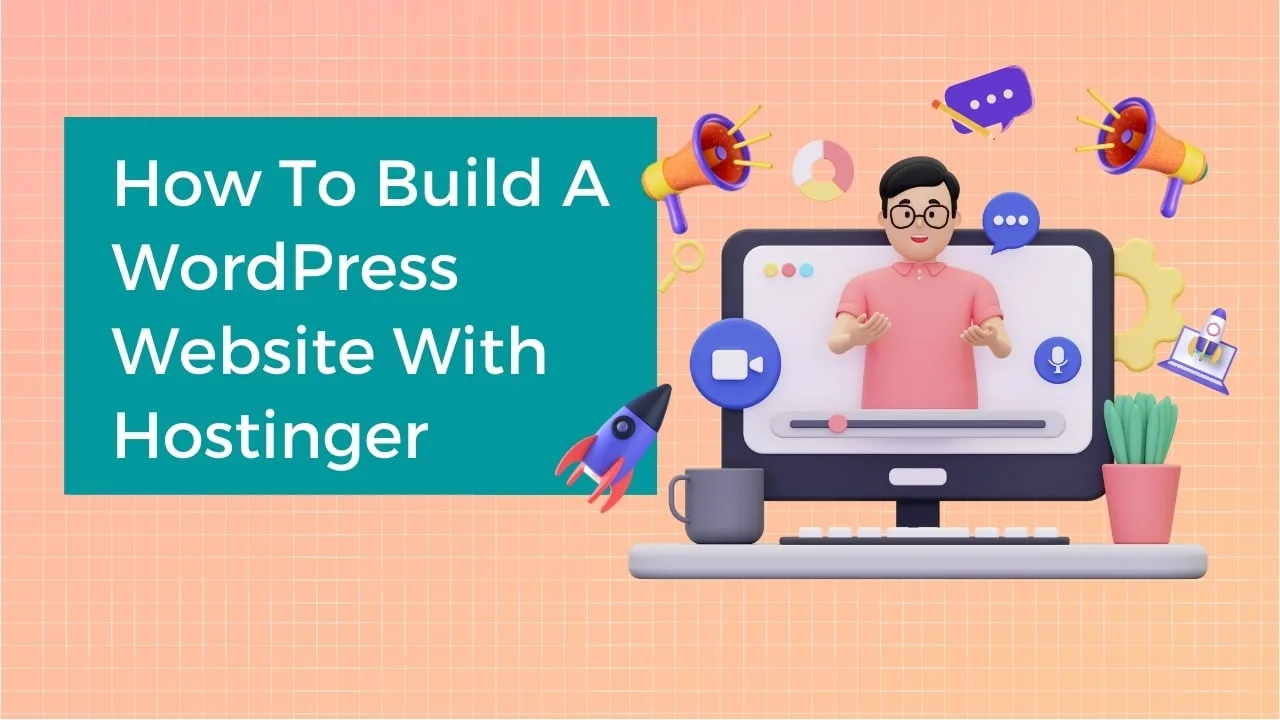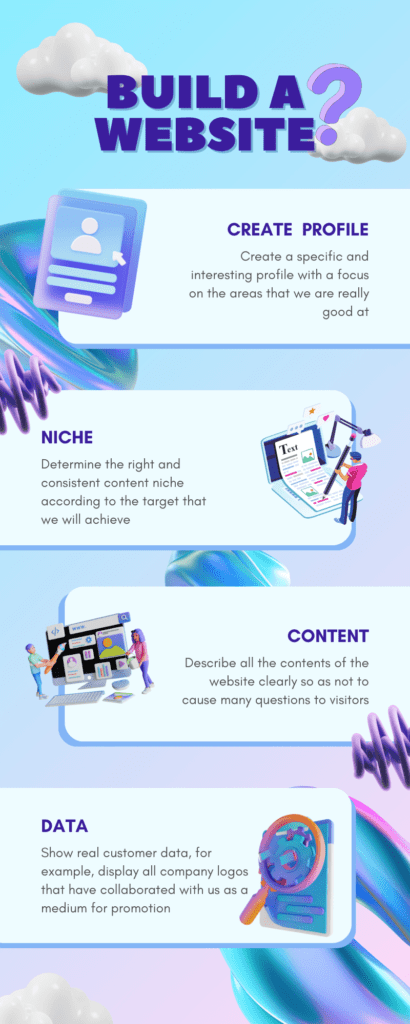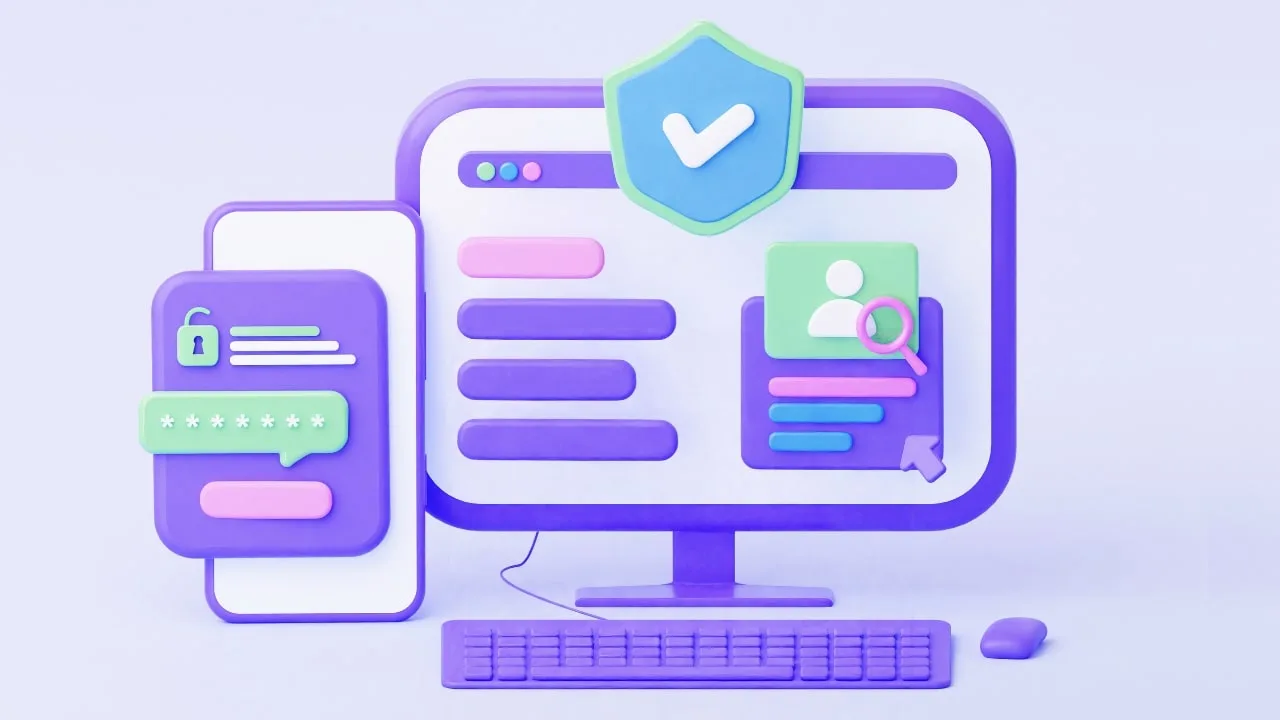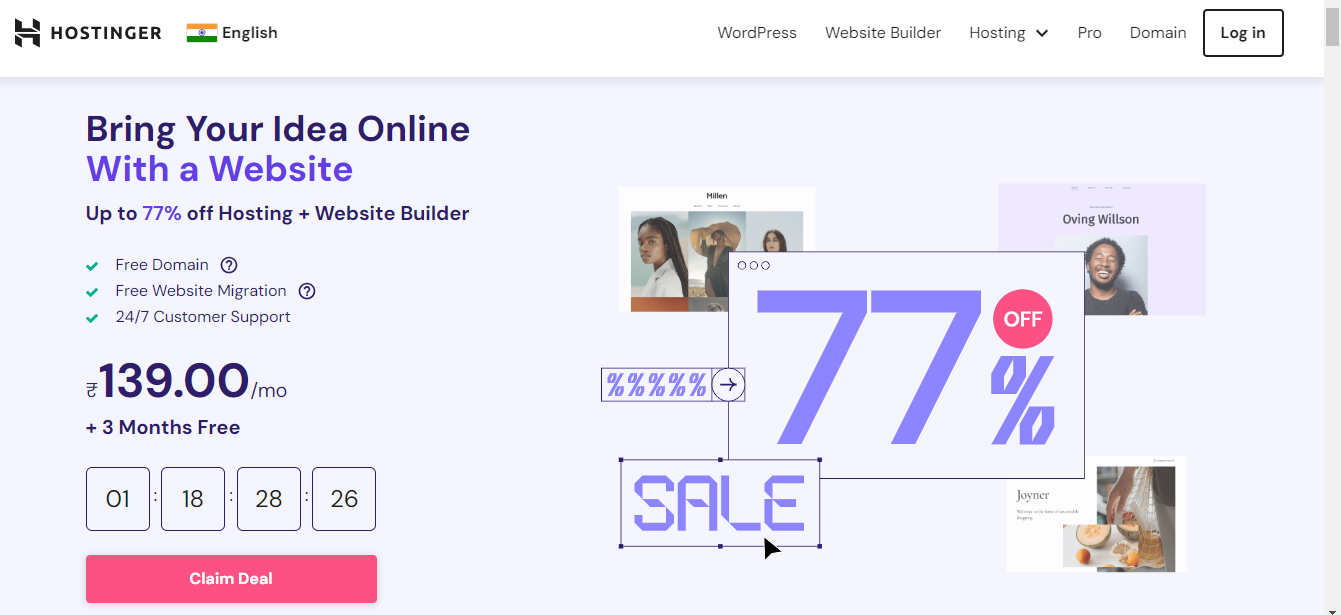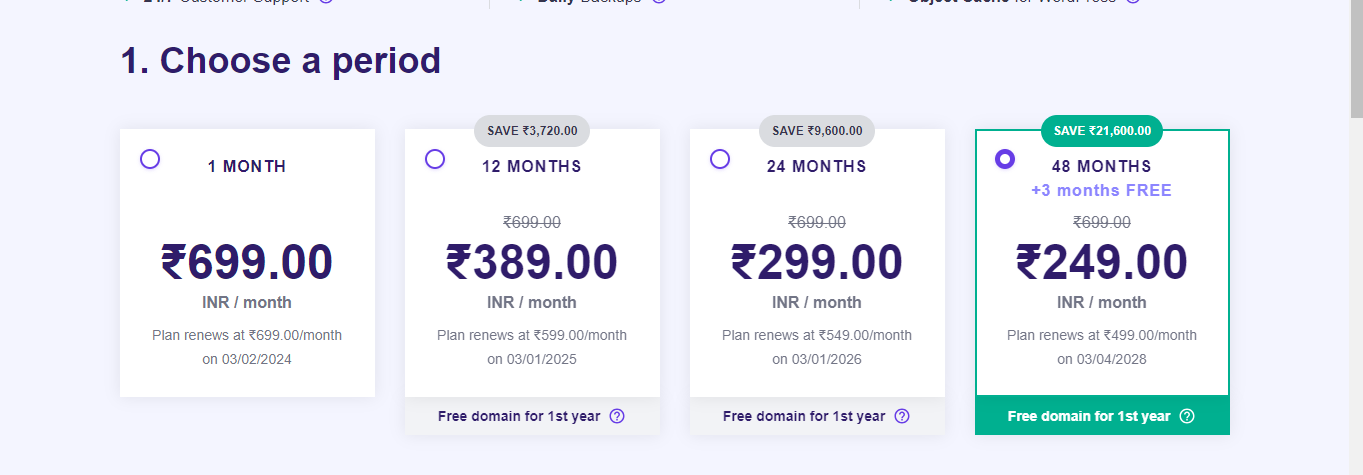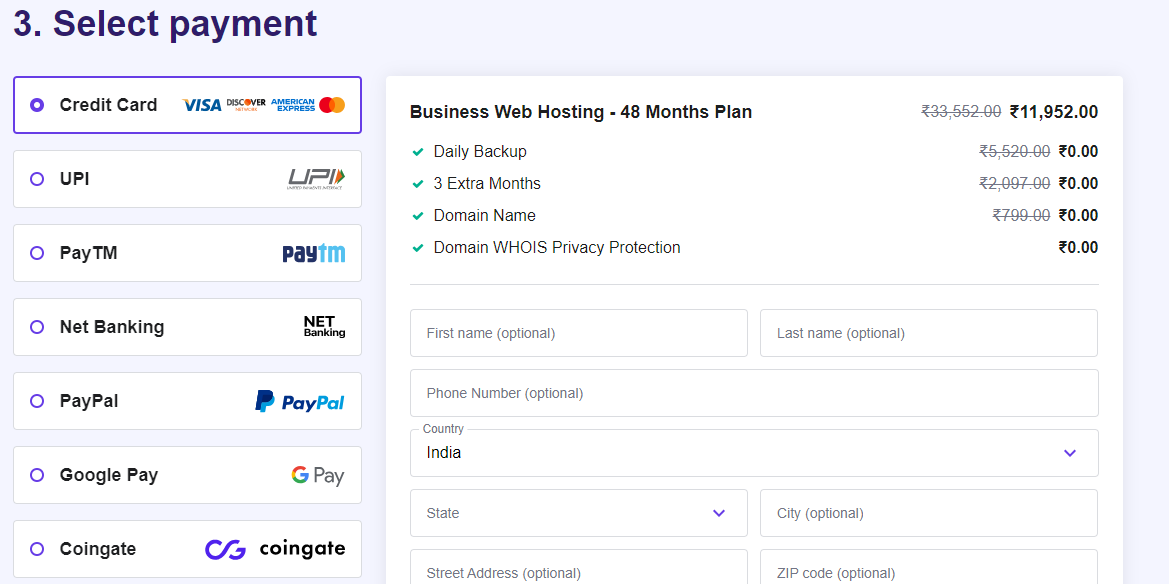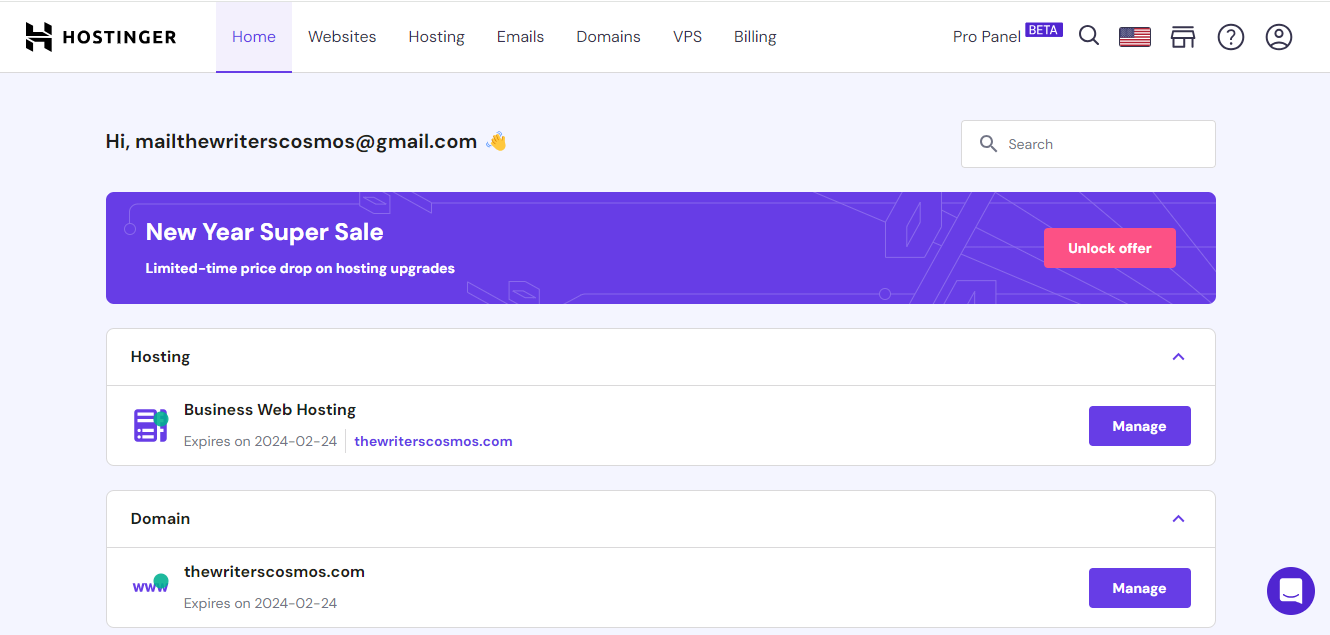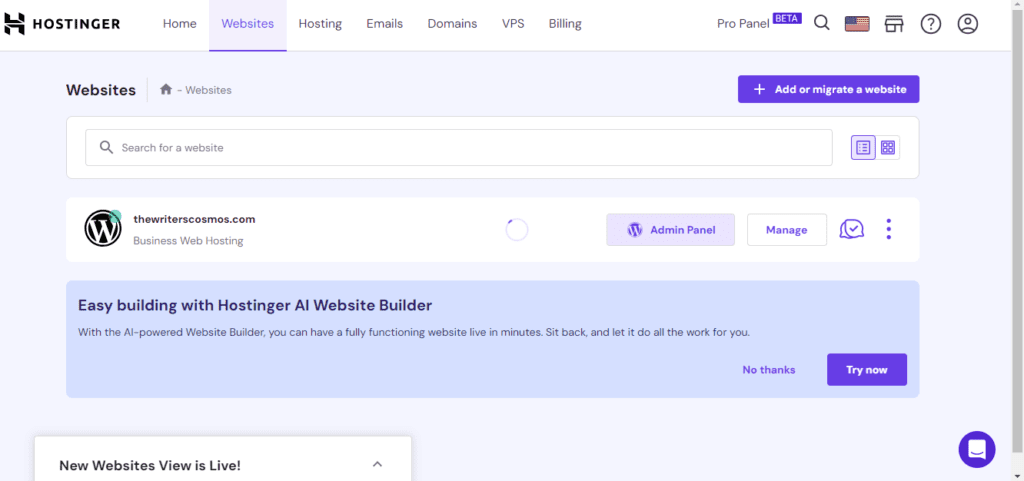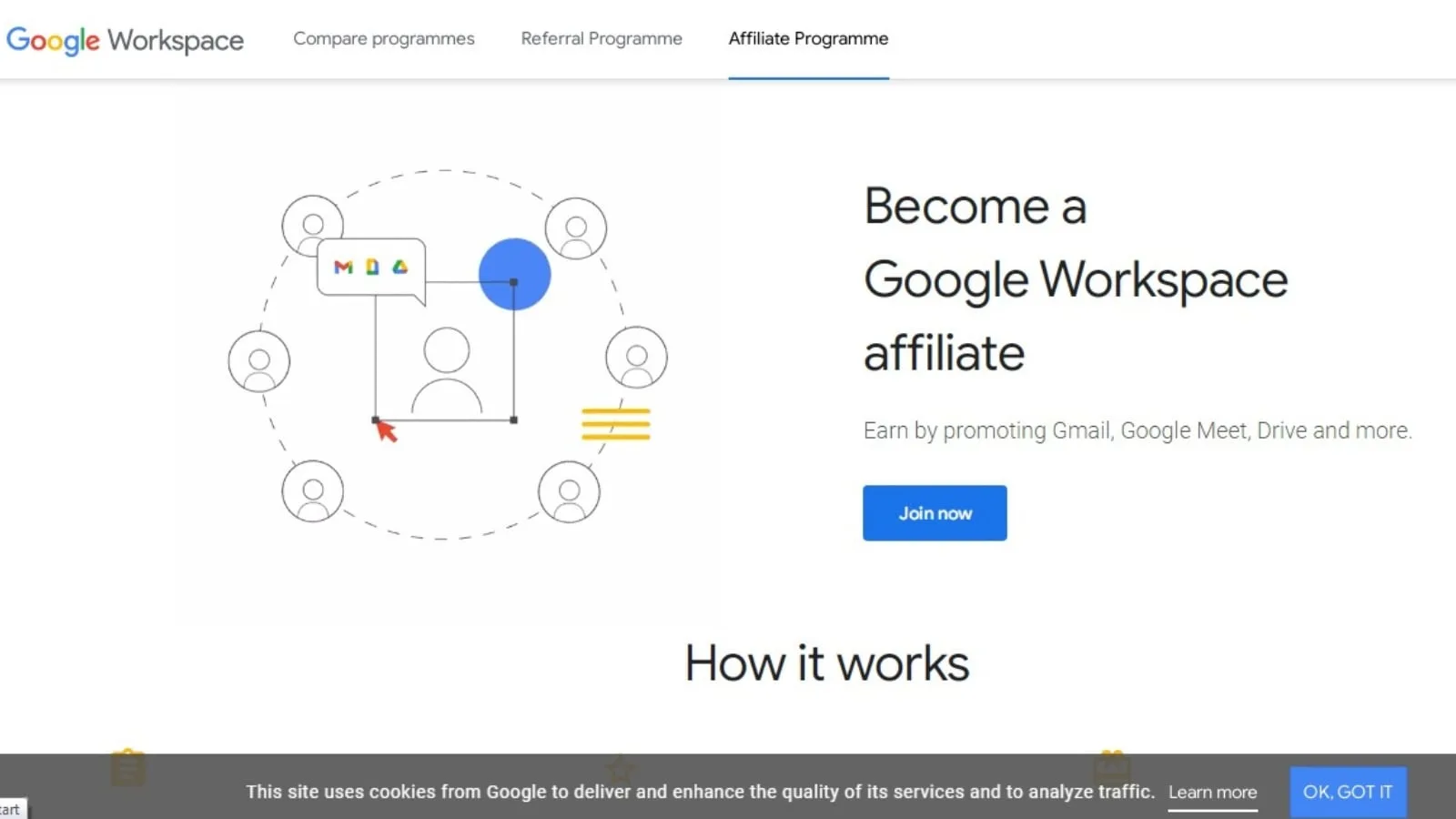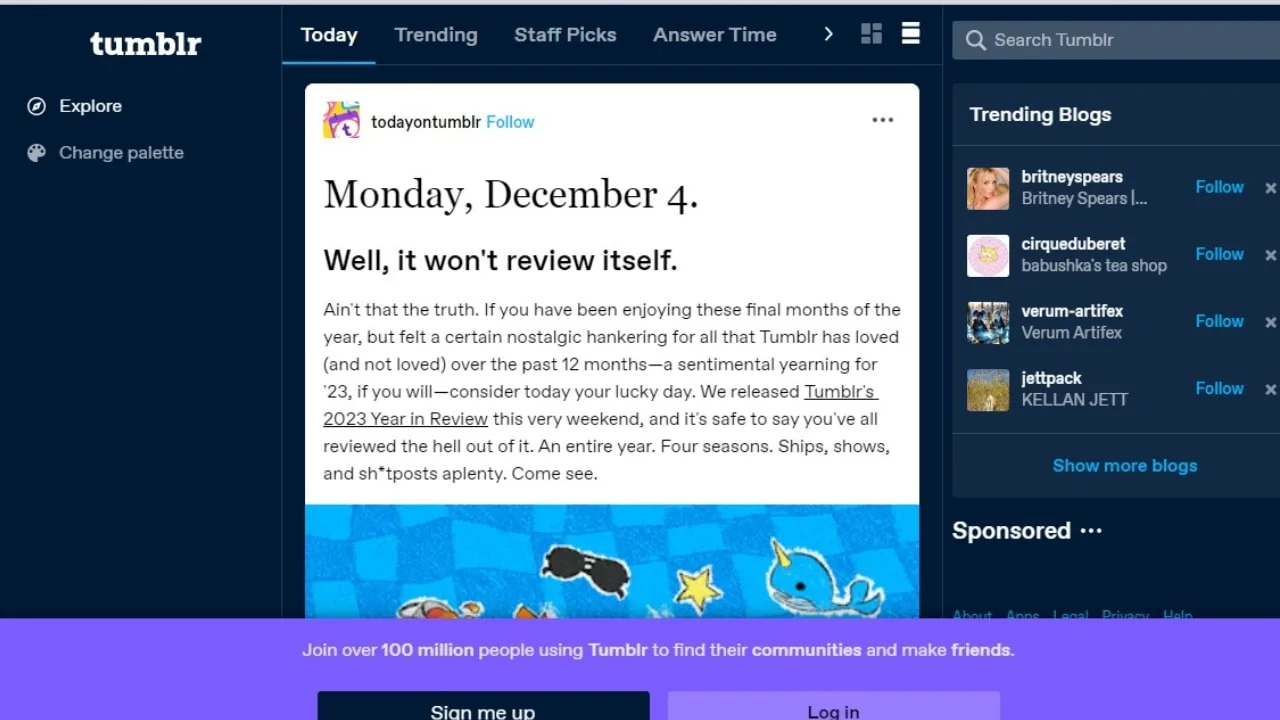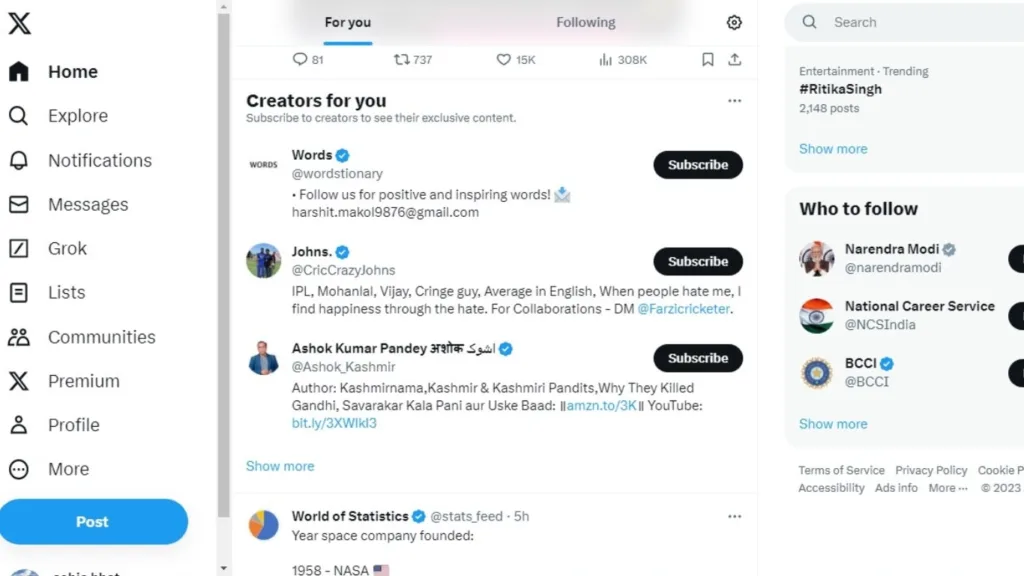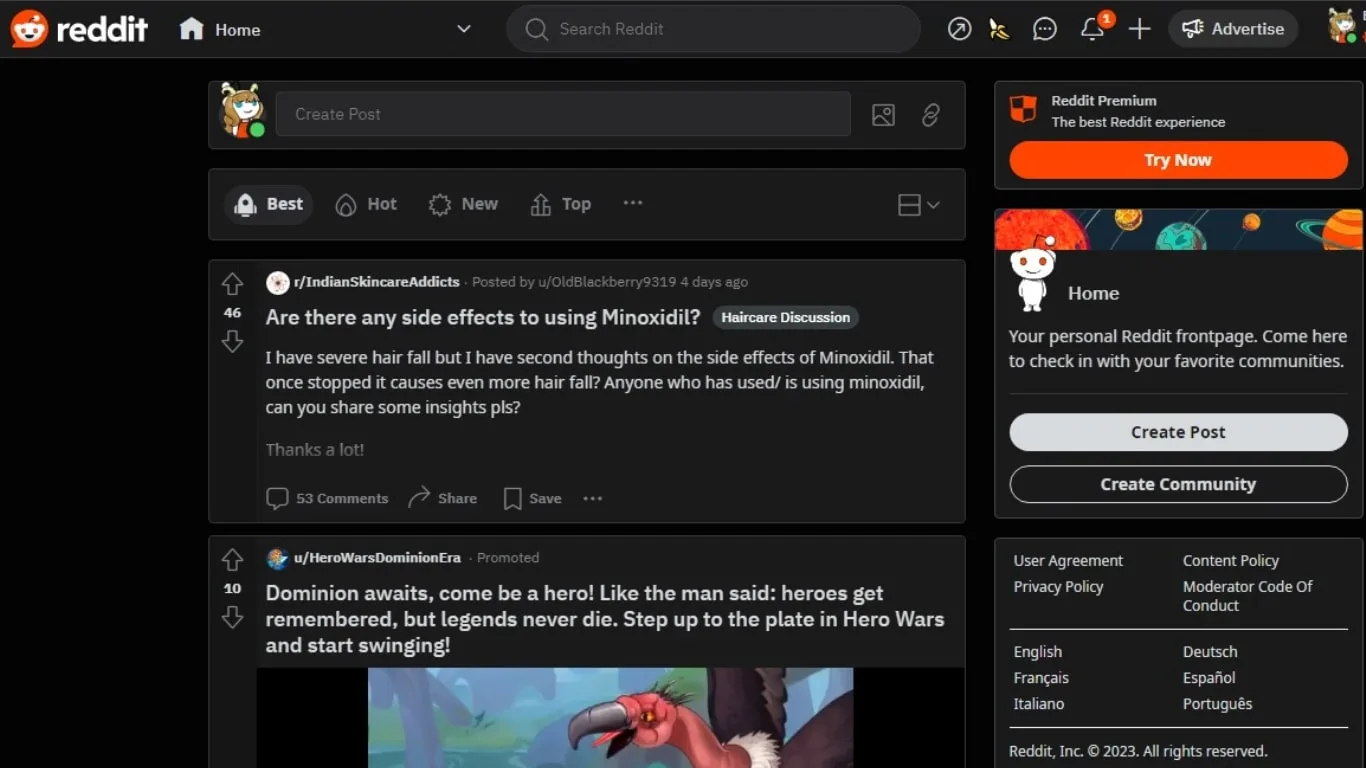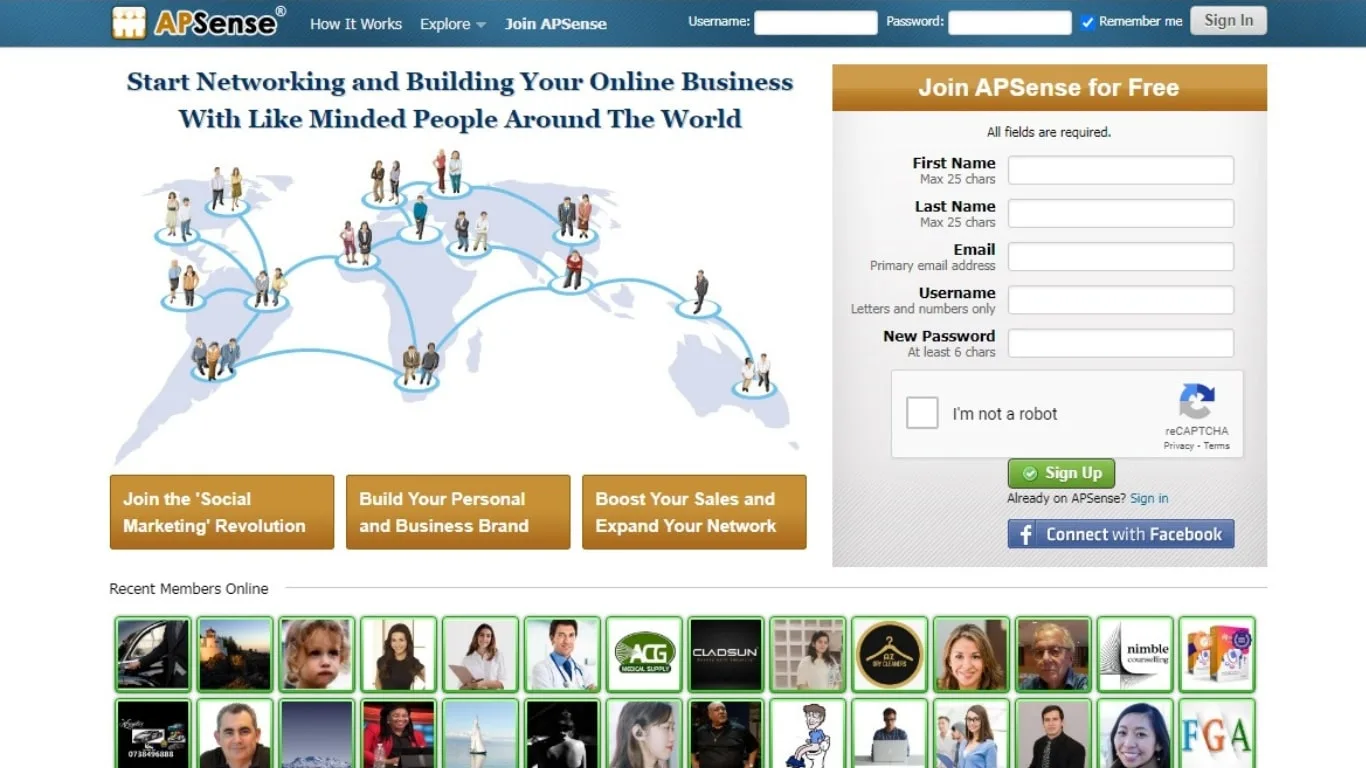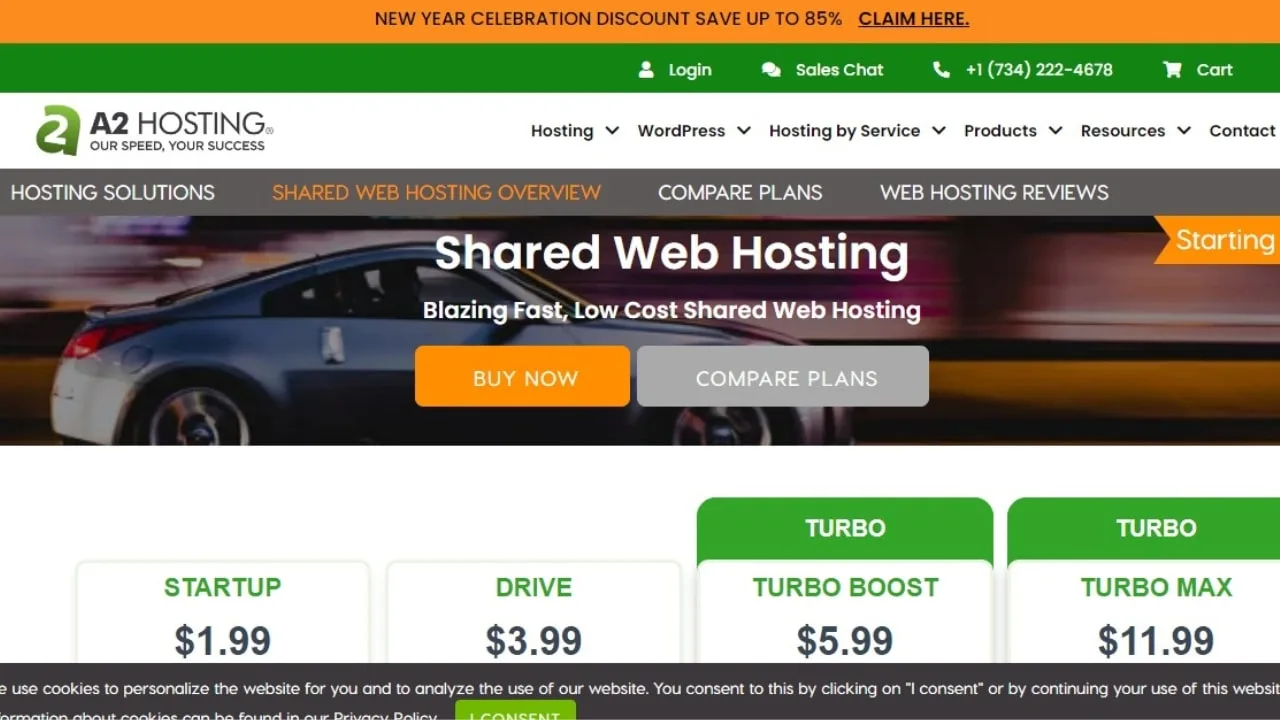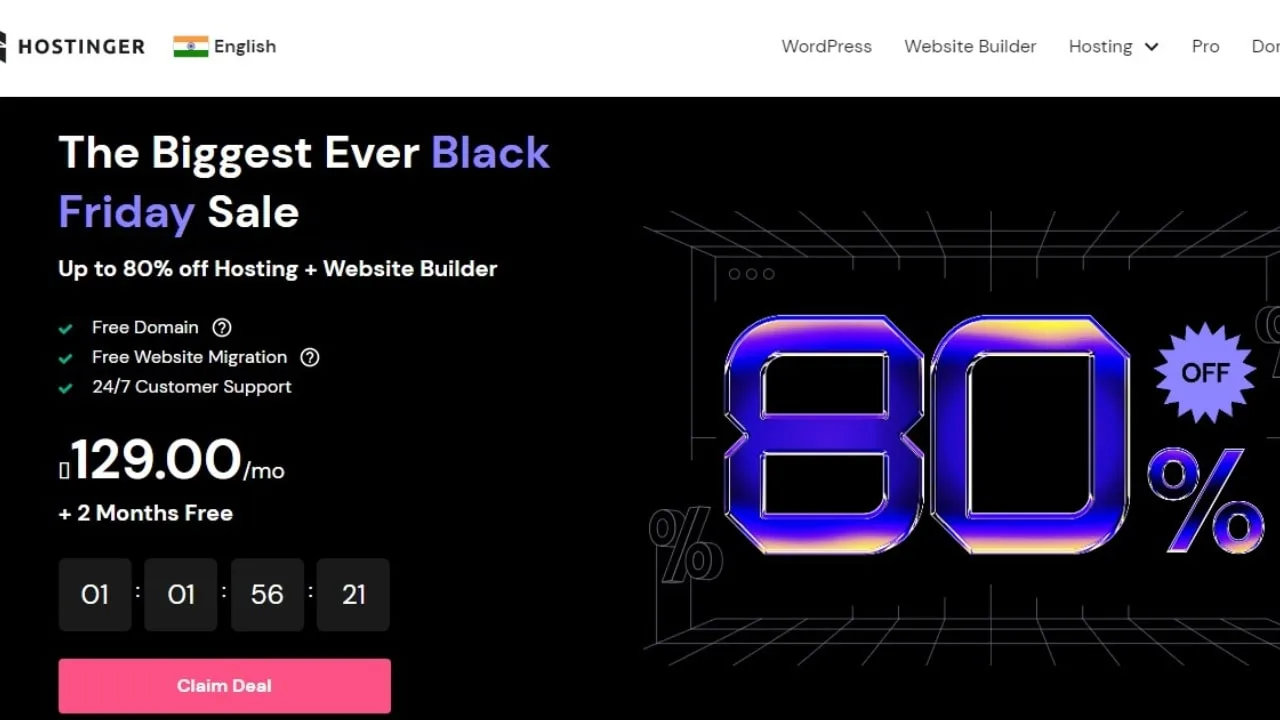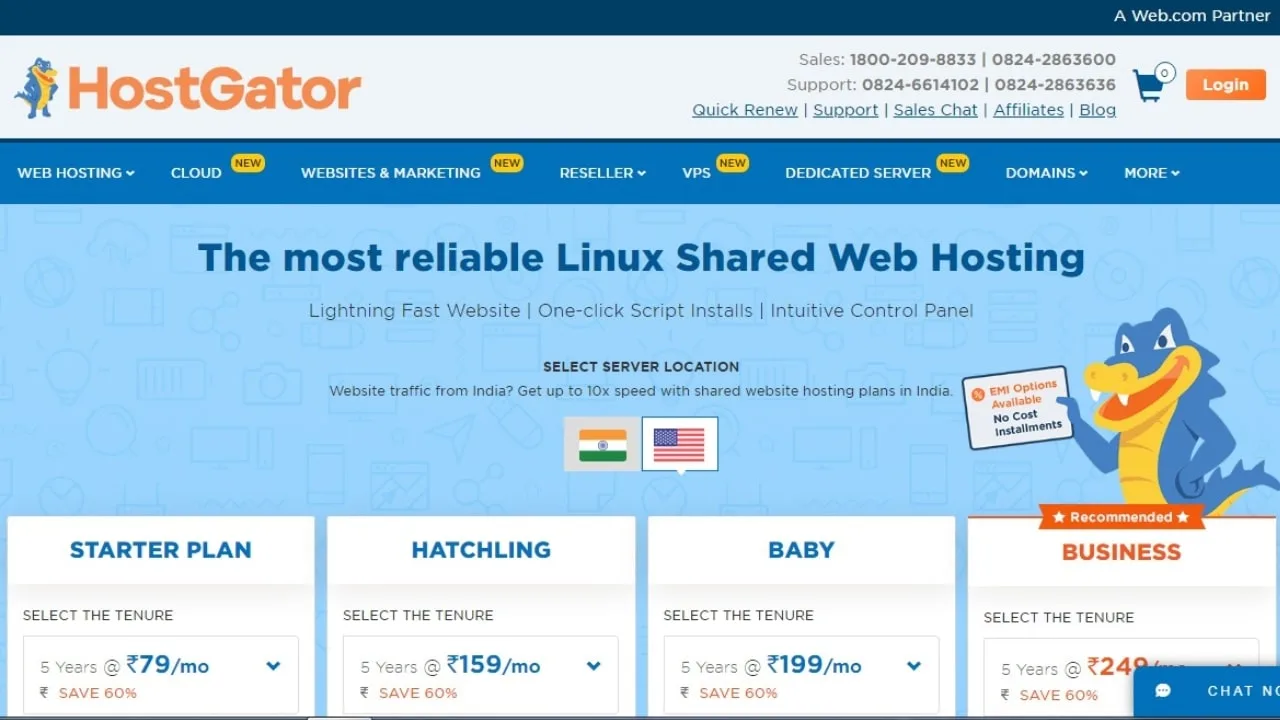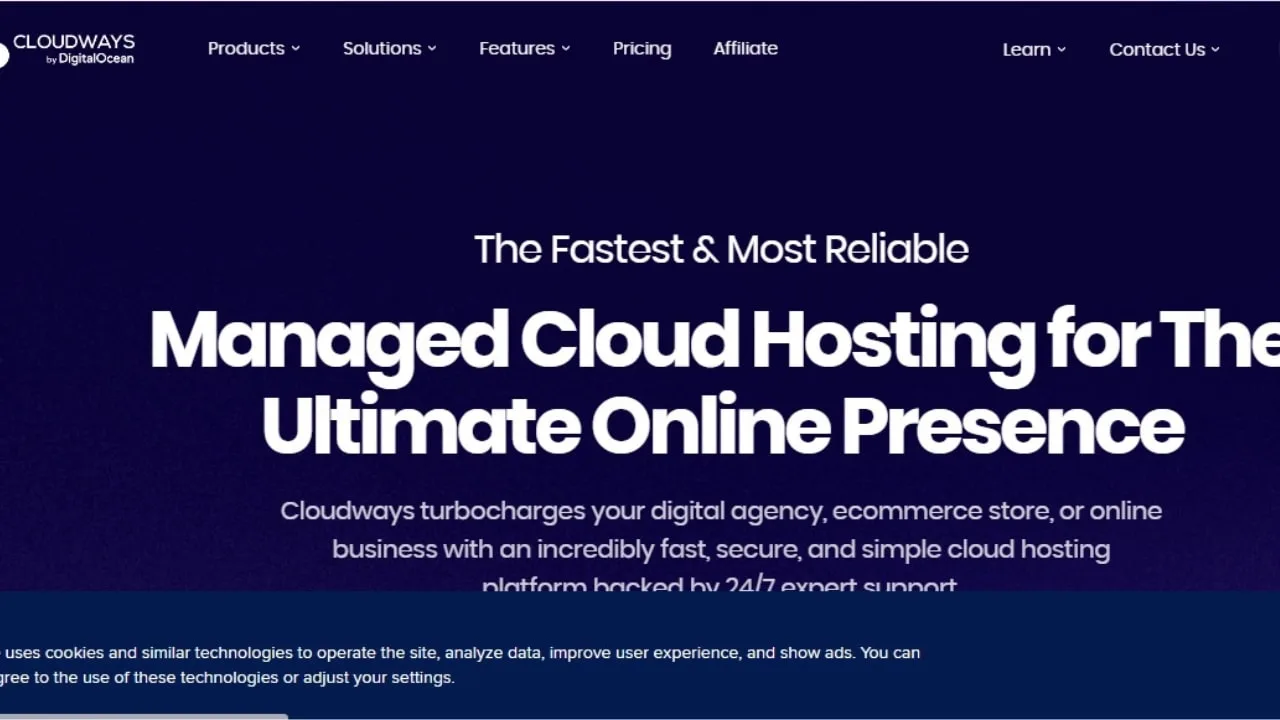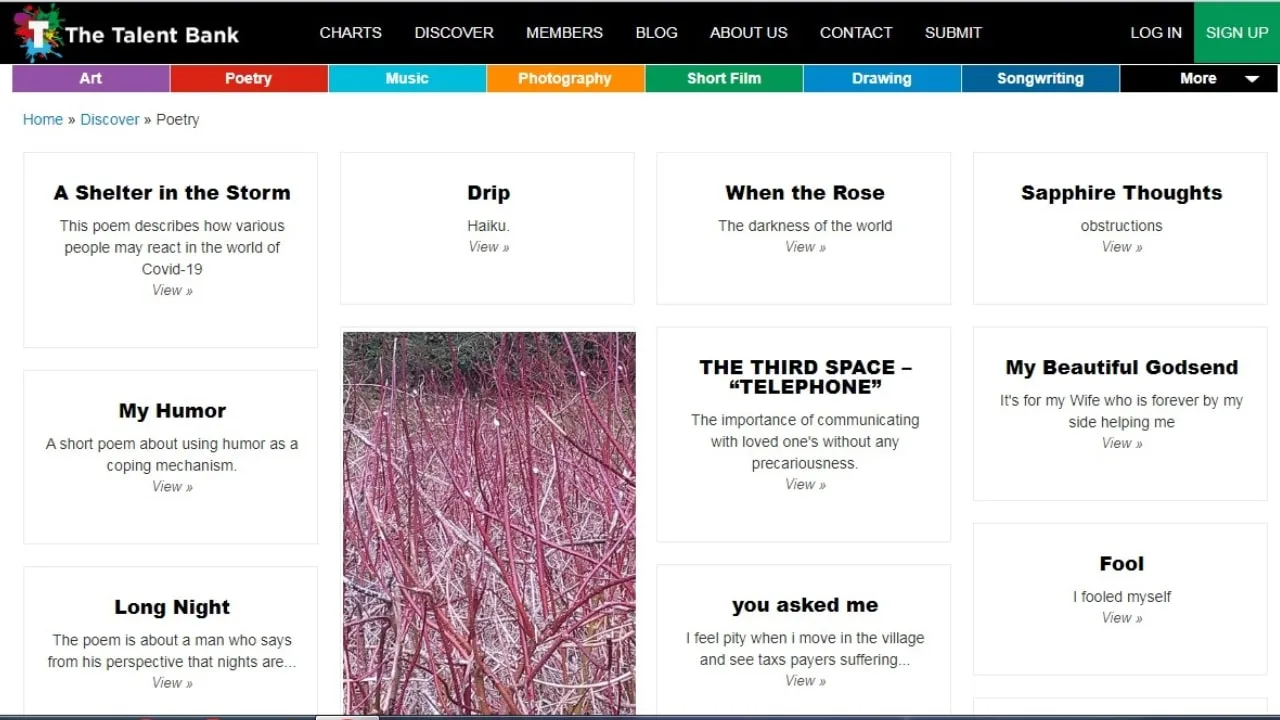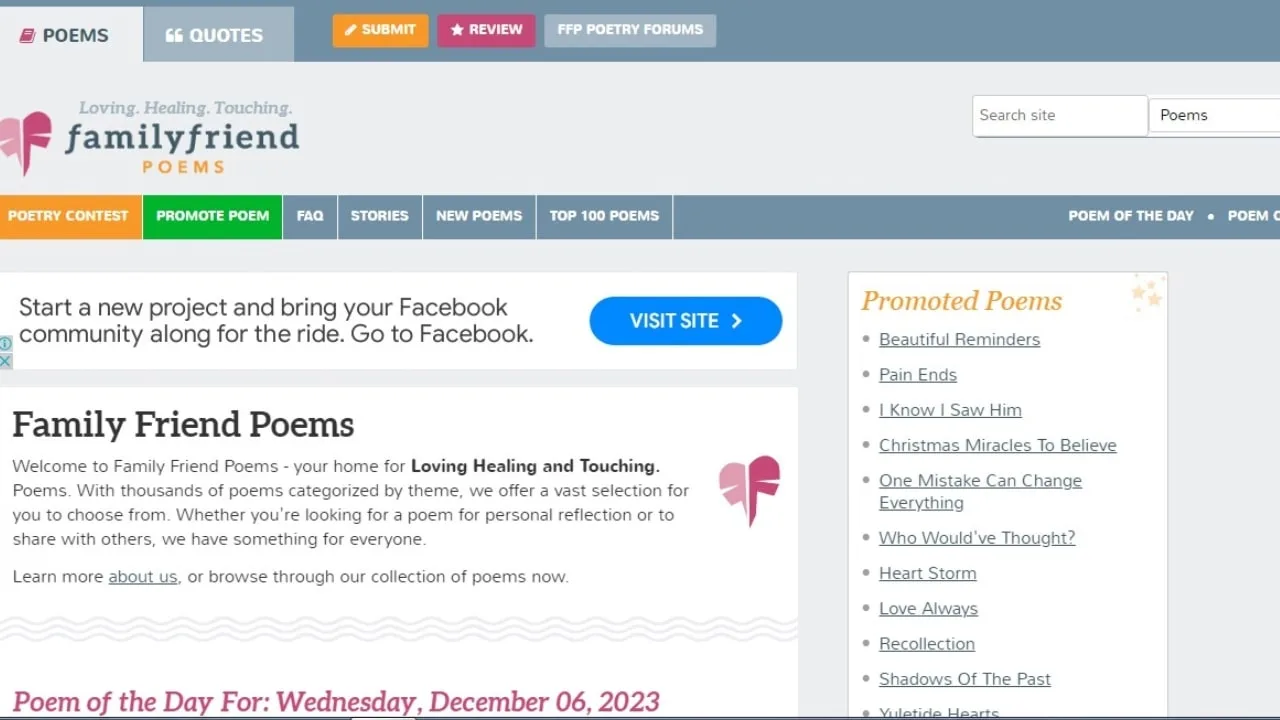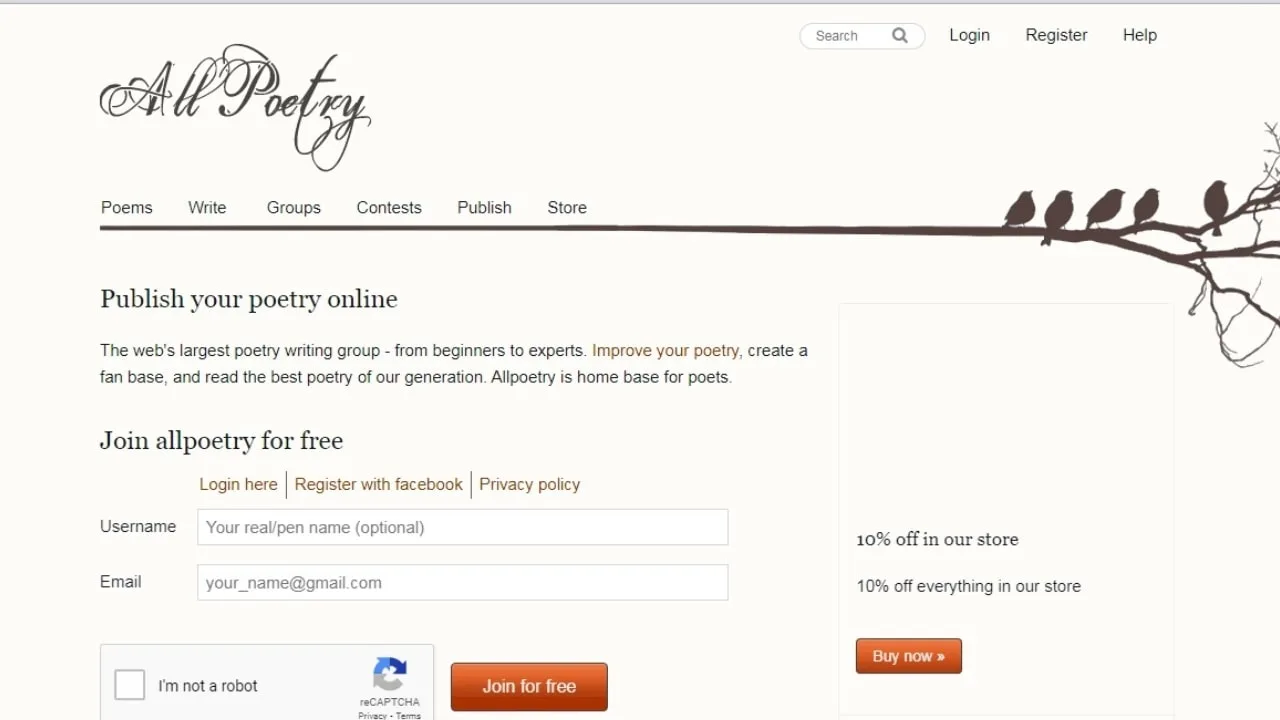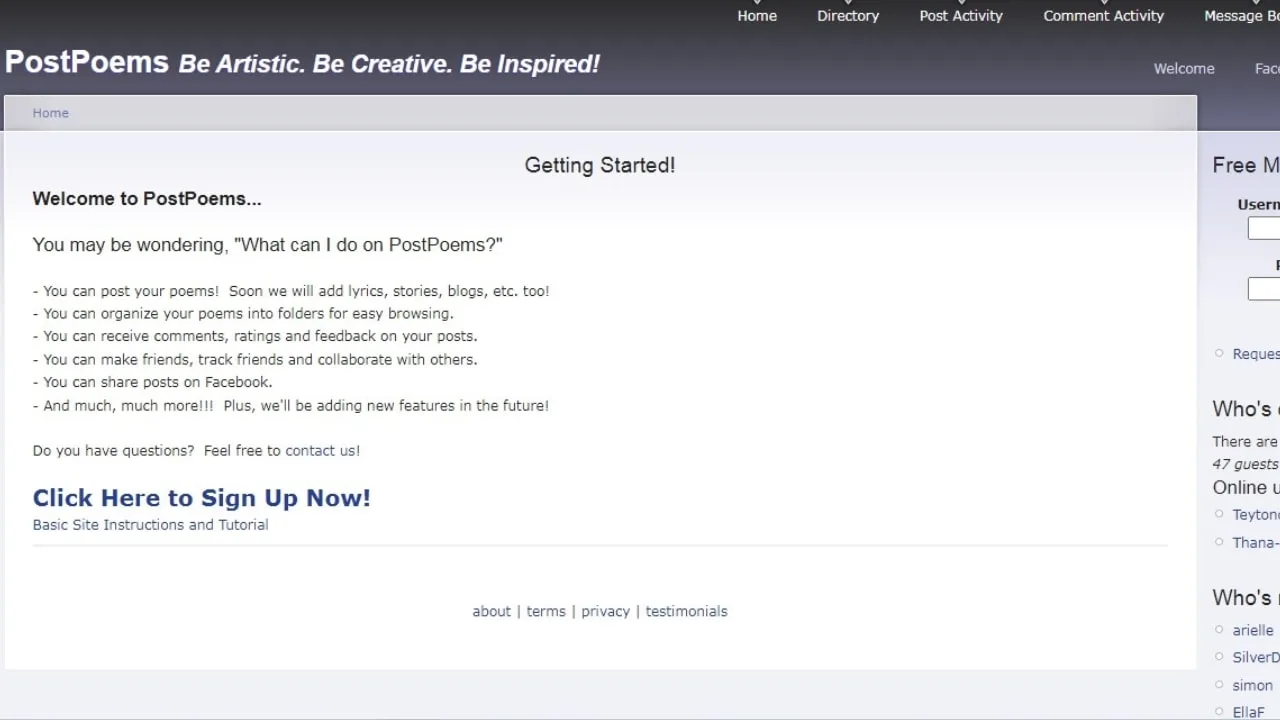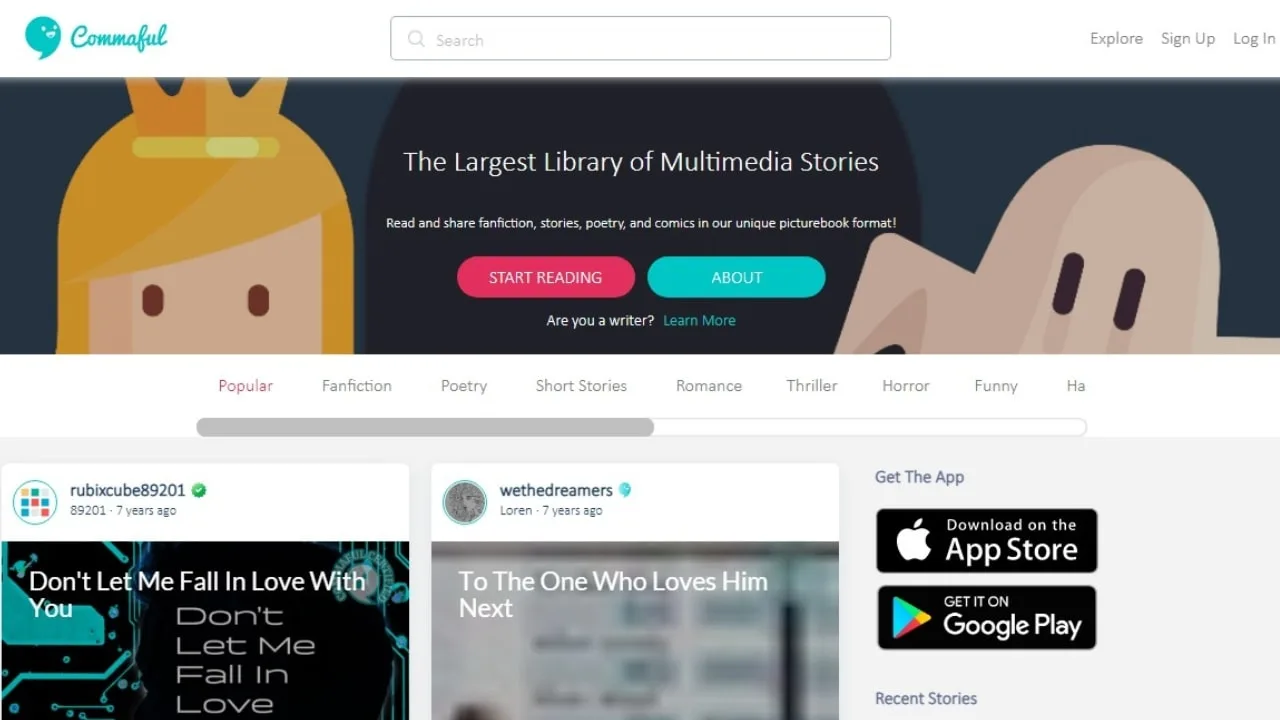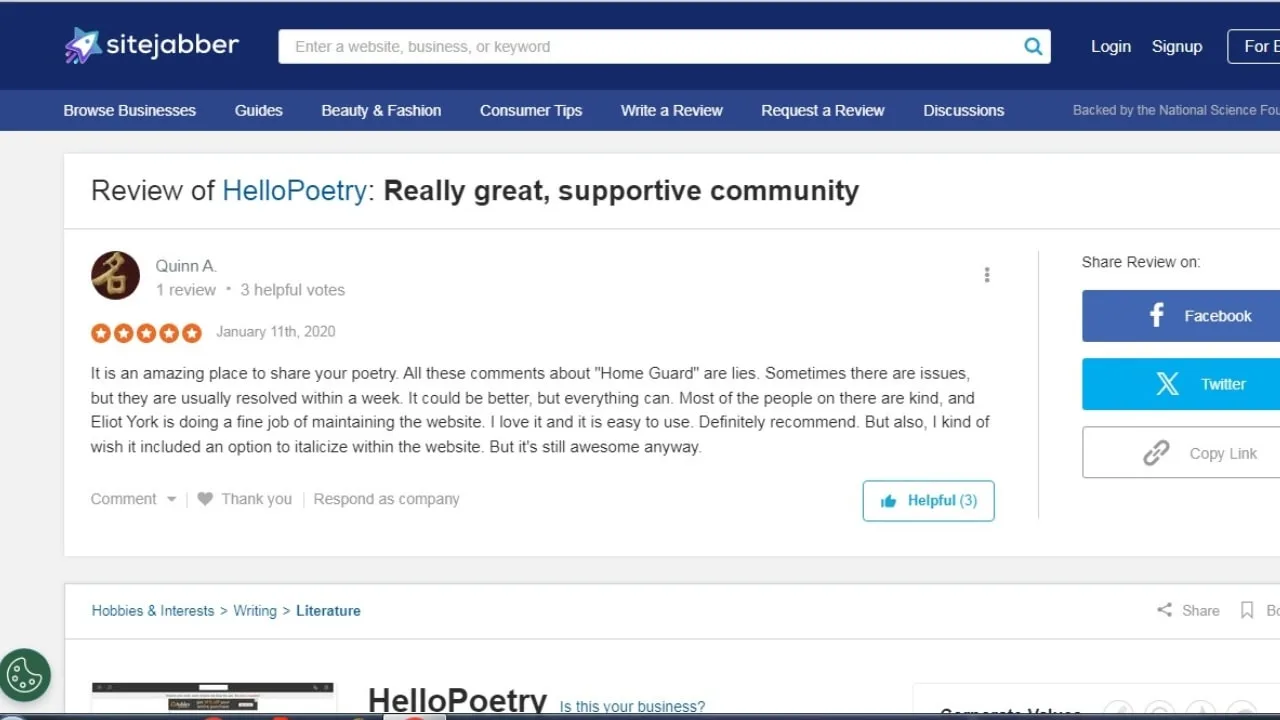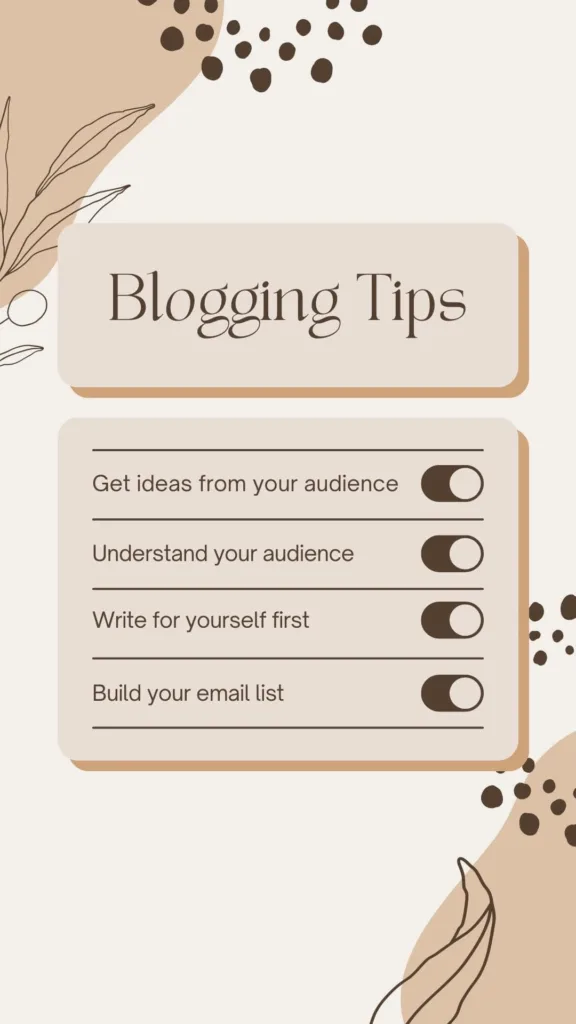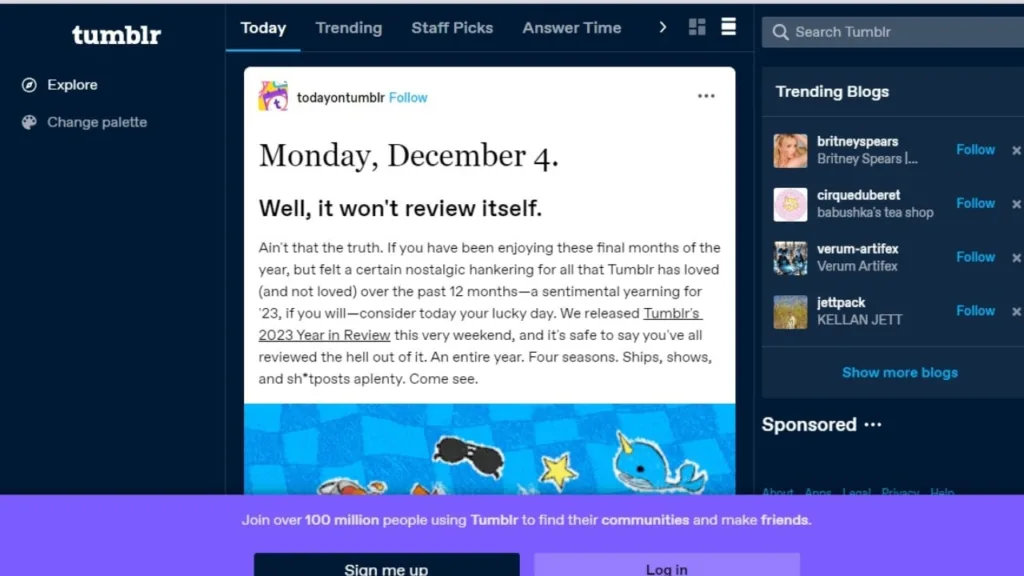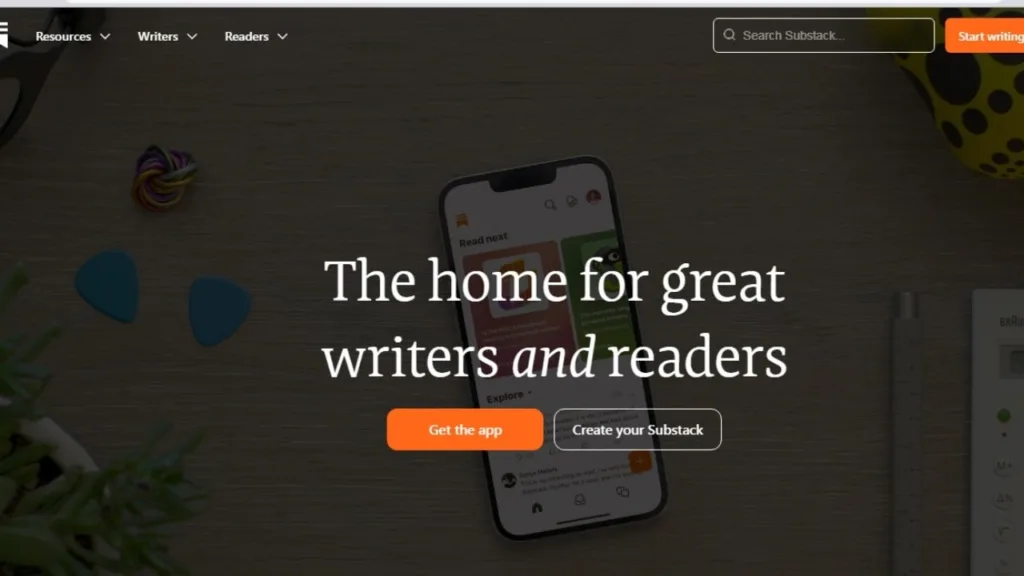9 Ways Influencers And Creators Can Make Money In 2024

Influencers and creators are people who create and share content. And, they share on social media platforms, such as Instagram, YouTube, TikTok, and more.
Above all through their content, they influence their followers. And, they influence their opinions, preferences, and behaviours. Influencers and creators can make money in various ways. Hence, it depends on their niche, audience size, and engagement level.
Influencers And Creators Can Make Money with their skills in different ways. You are wondering what are the ways. So if you are interested to know then keep reading this blog it’s for you.
Table of Contents
Influencers Vs Content Creators: What Is The Difference?
Influencers can impact how their audience thinks, behaves, and what they choose to buy. They do this by using social media platforms as their main way of sharing their content. Through their significant influence, they promote products or share ideas. For example, a fashion influencer might promote a particular brand of clothing, which can influence their followers’ preferences in fashion.
Content creators focus on creating various types of media content, regardless of how much influence they have over their audience. For example, a YouTube vlogger may produce videos about their everyday life, travel adventures, or educational tutorials. However, unlike influencers, they may not have a direct impact on what their audience chooses to buy.
Content creators are appreciated for their ability to create compelling and well-crafted content, even if they may not have as much influence over their audience as influencers. They are good at producing content across various mediums, including written articles, photography, videos, and podcasts.
Influencers have a significant impact on their audience, which makes them highly desirable for partnerships and promotions with brands. On the other hand, content creators, although they may not have the same level of influence, are valued for their skill in creating a wide variety of compelling media content.
Want To Know In Detail Then Join Our Online Content Mastery Course
Here Are 9 Ways Influencers And Creators Can Make Money In 2024:
1. Grow Your Social Media Audience Across Multiple Channels like influencers and creators:
Let us say, that if you are in the starting phase, then focus on one social channel and build an engaging community. However, ignoring other platforms will limit your ability to reach other users. Social media is a platform where we can reach our audience and engage with them.
Here I bring you some tips that will help you optimize your multiple channels and achieve your goals like influencers and creators:
1. Identify your audience and social channels:
The first step is to know your audience. Try to find out where they are spending their time online. You need to find your audience persona. Their demographics, interests, and their pain points. Then you can analyze their availability.
For instance, if you want to show your product or service visually, you may choose Instagram. But if you want to share your industry insights you can choose LinkedIn.
2. Create good content and share it:
Create content that resonates with your audience. It should also align with your brand. Make sure that the content is relevant and engaging. Influencers and creators always try to provide relatable and relevant content to maintain brand value and build trust.
3. Also, the content needs to adapt to each of the channels:
Must schedule your posts by planning your content calendar. Also consider your goals, events, and holidays. You have to decide on the frequency and time of posting for each channel. You can decide based on the audience’s behavior and analytics.
4. Interact with your followers and engage with them:
You interact with your audience by engaging with their comments and responding to them. Also, their feedback and reviews regularly. You need to start a chat and ask for their opinions. You have to encourage them to participate in competitions. Also, make them join relevant groups. Check out any 5 Big Influencers and creators and observe their actions and how they are involved with their audience.
5. Check your performance and optimize it:
The last step involves measuring and optimizing your performance.
You need to track your metrics like:
- Reach
- Impressions
- Shares
- Clicks
- Likes
- Comments
- Conversations
- Revenue
Above all, you have to check and compare your performance on other channels. You can use:
- Google Analytics
- Facebook Insights
- Twitter Analytics
- Instagram Insights
And you can see your data here.
2. Branded Sponsorships: the biggest source of income for Influencers and Creators
Brand sponsorship is a marketing strategy. The brand may support an event, activity, person, or even an organization. In short, brands pay influencers and creators to promote their products or services. We witness many sponsorship investments like music festivals. Also, football games, cricket games, and more.
Let’s talk about a well-known global brand the Great Coca-Cola! They spend a lot of money and have become the official sponsors of the Cricket World Cup.
Let’s see what benefits they get from these investments:
1. Increase in brand awareness:
Sponsoring is an activity that helps you increase your visibility. You may have a new company or it may be a well-established business.
2. Increase in sales:
Sponsoring is the ultimate goal for any business. You reach the top of the mind of a new or an existing customer. This activity increases sales and awareness. Influencers and creators majorly take sponsored products and create brand awareness about that particular Product through their content.
3. Gain exposure:
Can you imagine a startup sponsoring an important event? The media will talk about the event, and also about the startup. Above all, they share it on social networks. Moreover, you gain exposure.
4. Standout with competitors:
You may stand out as a leader in your Niche by sponsoring an event or an organization.
5. Increase in brand loyalty:
As in sports sponsorship, we see that fans of a team are more willing to buy. From the sponsor rather than from its competitors. This leads to brand loyalty.
6. Increase your brand reputation:
Sponsoring a charity event or a foundation will improve your brand image as a caring company. As a result, there is a rise in profit.
Before you sponsor an activity, make sure that the event will be successful. It has proven track records and good prospects. And will align with the sponsor’s brand objectives.
3. Affiliate Marketing: Influencers and Creators earn passive income
Affiliate marketing is a revenue-sharing marketing method. Here an affiliate like a blogger or a YouTuber, advertises a business’s service or a product. Hence, to reach the business goals.
As a result, due to Influencers’ and creators’ efforts, the affiliates earn a percentage of the sales done. The affiliates may also help you with customer traffic and get paid for it.
Let us see how affiliate marketing works:
- Affiliate marketing plays the main role. Contributes uniquely to the procedure:
- The Person is responsible for promoting the product or service.
- The individual who sells the product or service is promoted by the affiliate.
- Intermediary between an affiliate program. From the merchant and an affiliate. Though this is not necessary, but is common in affiliate marketing.
- The individual who purchases a product from an affiliate. Here merchants and affiliates join to connect them.
4. Advertising Directly: Build your brand as an INFLUENCER AND CREATORS.
Direct advertising is a method to reach consumers. And without the need for an intermediary to establish the connection. It uses various sales and marketing tools. Also, it allows consumers to do business with the company.
Most of the Influencers and creators build their own company or brand and market their own products. Remember! First, they build their audience and then they come up with their own products
Let’s discuss a few types of direct advertising:
1. Direct mail:
The producer sells directly to the consumer. Hence, by making a postcard or other mailing piece. The postal mail service delivers it. Many companies make use of this thus eliminating third-party interference.
2. Email advertising:
This involves delivering a solicitation to a buyer by emailing directly. Here you direct a consumer to a webpage and place an order. Or you may direct him to a website to learn about the product. You may get a toll-free number to call or get information.
3. Telemarketing:
Agents call upon consumers and try to convince them through their dialogue. Eventually, it results in the placing of an order.
4. Television marketing:
Corporations prepare information commercials that will promote their product. In the broadcast, provide the consumer with information. On how to contact the corporation and place an order.
5. Offer Online Coaching:
Do you know what online coaching is? It is coaching that takes place over the internet versus in person. Generally, you do it with a video or through an audio connection.
Gayatri, the founder of TWC, started providing content writing courses after learning and gaining experience in the influencers and creators industry
You can coach even through a messaging platform. Internet-based coaching is a method of sharing knowledge online. And with the use of online teaching apps and software.
Now let’s know some of the benefits of online coaching:
- In a time of difficulty when the whole world was suffering from the COVID-19 outbreak? People had to stay back at home with no physical contact. At that time online coaching saved the education from collapsing.
- It is most beneficial for people who face the issue of distance. For instance, if a person staying in Hyderabad. He wants to learn mathematics from a teacher based in Bangalore. The student need not travel but take classes from home.
- It is a time-saving method. The classes can be pre-recorded by the teacher’s end if they are not available at the time of class. In the same way, the students can record the class if they are not available during class time.
- Online coaching is less costly as it does not involve traveling. The stationary cost is negligible as it provides online study material.
I would say that online coaching is the best as students stay comfortable. They also save money and study at their own pace. Online coaching is available on platforms like. Facebook, Zoom. And even with live streaming within a digital community.
The 5 best online coaching platforms:
- Mighty Networks: It gives you all the features a community needs. And to create an awesome community flywheel business.
- Mighty Pro: You can build community, content, and commerce. You can also get courses and live events.
- Kajabi: This is an online course platform where creators build and host courses. You can build out modules with text, files, and videos.
- Noomi: This platform is for messaging. If you want to build courses or a community, you can join with another platform.
- Satori: Initially it is for yoga instructors. And it also gives you a system for managing your coaching business.
6. Offer Consultation:
Consulting is providing expert advice and opinion. Plus, provide them with strategies for a fee. You may be an individual or a firm, consultants are specialists in a trade or a particular niche.
Consultants are experts in their niche or trade. They give advice and diagnose a problem. They provide data collection, feedback, Strategy, and implementation.
The writer’s cosmos provides Free Consultation to help you grow your skills as a content writer and creator. Gayatri, the founder of the writer’s cosmos helps writers, influencers and creators to grow their skills and build their brand on social media.
The consulting business is productive as they work a lot. They work to make their clients and their business successful.
Here are a few steps to follow to start a consultation business:
1. Measure your skills and expertise to choose your niche:
Before you start something, define what skills and strengths. Likewise, makes you a good consulting expert. What do you like to talk about? What is your expertise? What do your friends and relatives ask your advice on?
Write down your answers before you move ahead.
2. Evaluate your market needs:
As you set your consulting niche, you need to check your target industry. For instance, I am a content writer and my expertise is content marketing. So, I would target the marketing industry. And I will specialize in content marketing.
As you specialize in a skill set as a consultant, you need to mention what services you provide to your clients.
3. Build your brand, a website, and the services offered:
The next step will be to have a website, your brand name, and the services you provide. Also, you need to outline how you work with clients. How much do you charge for consulting?
You need to show visitors what your specialization is and how you can help them.
4. Set up your business:
First, you need to consider the legal aspects of your business. Authorize your business and make it easy to pay taxes and other legal matters.
Next, check with methods to connect with your clients. It can be, say LinkedIn membership and apps like Zoom or Skype.
You need to have a business bank account now with a business card.
5. Do marketing for your business to attract new clients:
As your business is set, you need to grow that. A consulting business grows with clients.
Follow these steps to market your business:
- Webinars
- Blogging
- Podcasts
- Teaching
- Social media marketing
- Advertising
- Emailing
- Stay organized and consistent:
Stay organized as your business grows. Your business grows with good referrals from your previous clients. As you build a bond with your clients, don’t hesitate to ask for referrals for new leads.
7. Merchandising:
Merchandising is something you do to promote your product. You sell the product once the potential customer is in your store.
Merchandise is how you display the products in a store and present them. So that the customers move forward to buy, But this includes shelf layout, promotional reminders, and pricing. It requires Forethought, Preparation, Good understanding of customer behavior.
Let’s see a few effective, strategies and how they work:
1. Product samples and demos:
We see it in shopping malls and on food streets, where promotors offer food samples to taste. Also, with beauty products like perfumes or lotions, the promotors offer it to try. They do so to encourage the person to buy.
2. Promotional merchandising through discounts:
Discounts draw more customers to the store. It also leads the customer to buy more items. Who does not love to have a discount on your favorite items? So discounts are a clever strategy to attract customers.
3. Strategic store design:
The stores make use of psychology and strategy in the design of a store. For example, how can you make the customer walk into the entire store? You can do that by placing the most common-purchased item in the back.
4. Clear store symbols:
Proper labels allow customers to easily find their products. This increases their chance of visiting your store again.
Also, clear and compelling labels draw the customer’s attention. And also encourage them to investigate.
5. Effective product displays:
Product display is one of the most important strategies. And as you see, you need to implement in merchandising.
8. Subscriptions:
A subscription is a setup for providing, accessing, or making use of something for payments. It will be continuing or may be periodic on a pre-payment plan. By subscribing you can earn recurring income every month. You can offer content that is exclusive to your followers.
For instance, let us consider subscriptions on Instagram. Subscribers pay a monthly fee to see exclusive content. It is visible with a purple ring. They will also receive a subscriber badge displayed next to their name. Above all, they stand out in the comments and DMs. You can set a price within the same platform where you have been interacting with your followers.
Influencers and creators are offering subscription-based content to their audience, and the fact is that their loyal followers are willing to subscribe. As a result, influencers and creators are making good money from it.
Ways to engage with subscribers:
1. Subscriber promotions:
Consider the offers that help you grow and keep subscribers. The lifetime promo offers a 50% discount to the next 5 subscribers. The cancellation promo offers a 1 month free when subscribers try to cancel. Find these in the professional dashboard > Subscriptions > Confirm active offers > Offers
2. Subscriber home:
Your home for all your subscriber content is in the Crown tab on your profile. The subscriber home provides immediate value to subscribers by providing them with exclusive
3. Exclusive posts and reels:
You can share content in the form of subscriber posts and reels. You can express yourself to your audience. And provide instant value to your subscribers.
4. Subscribers lives, stories and chats:
You can create stories for your most engaged fans with a purple ring around them.
Create exclusive subscriber chats to connect with up to 30 subscribers. And chat about things that you are eager about. Here you can even share your stories and hacks.
5. Subscriber badges:
The subscribers receive a special purple badge, the very moment they subscribe. Subscriber badge is visible in feed comments and next to their username and DMs. Hence, they stand out.
Invite your subscribers to join you. Make your subscribers feel valued and hence encourage them to move around.
9. Sell The Art:
We got it. How is it possible to make money as an artist online? Well, this is your question, right? No worries, it doesn’t matter if you are a calligrapher. Above all, a graphic designer, illustrator, or photographer.
Here, we bring some methods to sell your art:
1. Sell Art prints:
Sell print versions of your drawings or illustrations. These may be posters, photos, or mounted canvas.
You can sell your art prints at
- An Etsy Shop
- Society6
- Shopify
- Saatchi Art
2. Start a print-on-demand art brand:
A print-on-demand arrangement helps you to upload your designs to the website. The company prints your artwork on products such as apparel or drinkware. The company charges you only when the product gets the print and when they ship it.
3. Sell digital stock artwork:
You can sell your designs or photos to stock websites and earn. Digital designs are high in demand not only at the national level but also at the international level. Digital art is unique as it attracts viewers easily.
Some of the websites for selling vector designs and photos are:
- Shutterstock
- Envato
- Adobe Stock
- Graphic River
- Creative Market
- Twenty20
4. Do Commission Jobs:
People pay for your talent? Specialized graphic designers earn an annual income of 40L in 2019. You may seek jobs in your network like friends and family. Other places where you can find the commission jobs are:
- Artstation: Professional artists share their portfolios here. The site has become popular with art directors and it is great if you need to entertain people.
- Twitch: This site is for gaming. But this site has an art section that allows clients to meet with you and watch your creative process.
- DeviantArt: This is a platform for job forums and groups.
5. Work on Freelance Projects:
Picking up freelance work looks great. You need to create profiles on many job board websites. Make accounts on these platforms and show your availability.
- Upwork: This is a popular freelancing website. And you can find long-term contracts or employment.
- Freelancer: This a good site for beginners, and for those who charge per hour.
- Fiverr: you get paid per gig instead of per hour. This site is good for logo designers and other types of digital art.
6. Teach art online:
You can teach art such as animation, 3D modeling, or Photoshop. You can teach it live or record it and upload it. Youngsters love to edit images to make them high quality and attractive to post or upload on many social media platforms.
Here are a few course hosting platforms:
Skillshare: This is a subscription-based network. It emphasizes the teaching of creative skills.
Teachable: Teachable hosts a course for you. You can refer your friends or market this course by using social media, your website, or email.
Zoom: You can host 3 or more people on your call and offers up to 40 minutes.
Google Hangouts: it offers unlimited call time, and is free for 10 or more people.

Conclusion
In conclusion, the ways influencers and creators can earn money in 2023 are multiple and creative. As technology progresses, social media platforms also. The creators have better opportunities to monetize their content. And engage with their audience. By maintaining authenticity and value. They stay updated with new tools. You can see that influencers and creators are in profitable careers these days. Influencers and creators will be growing by 200% in 2024.















